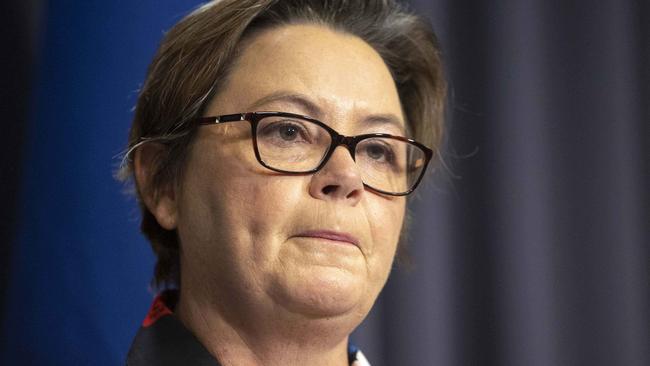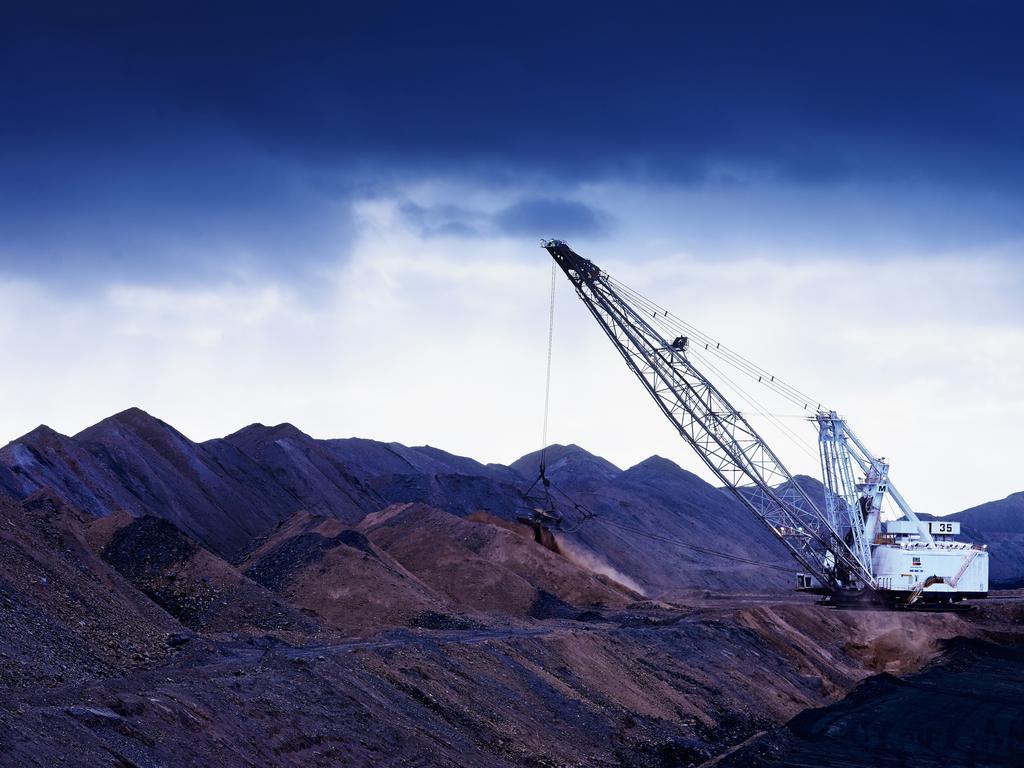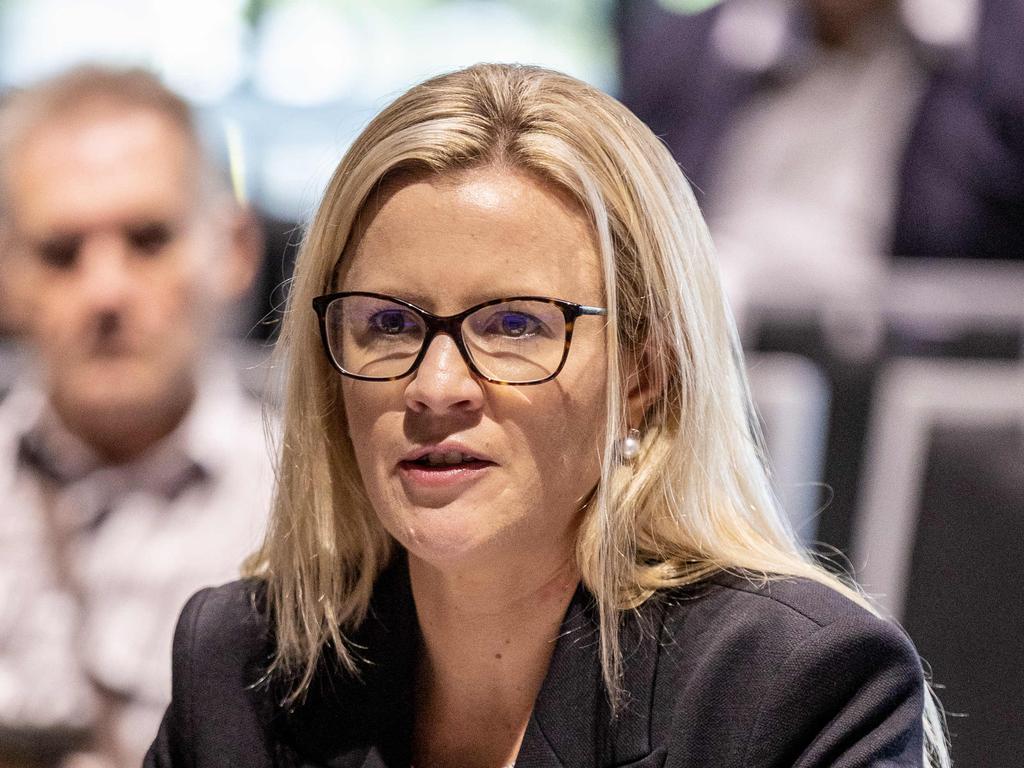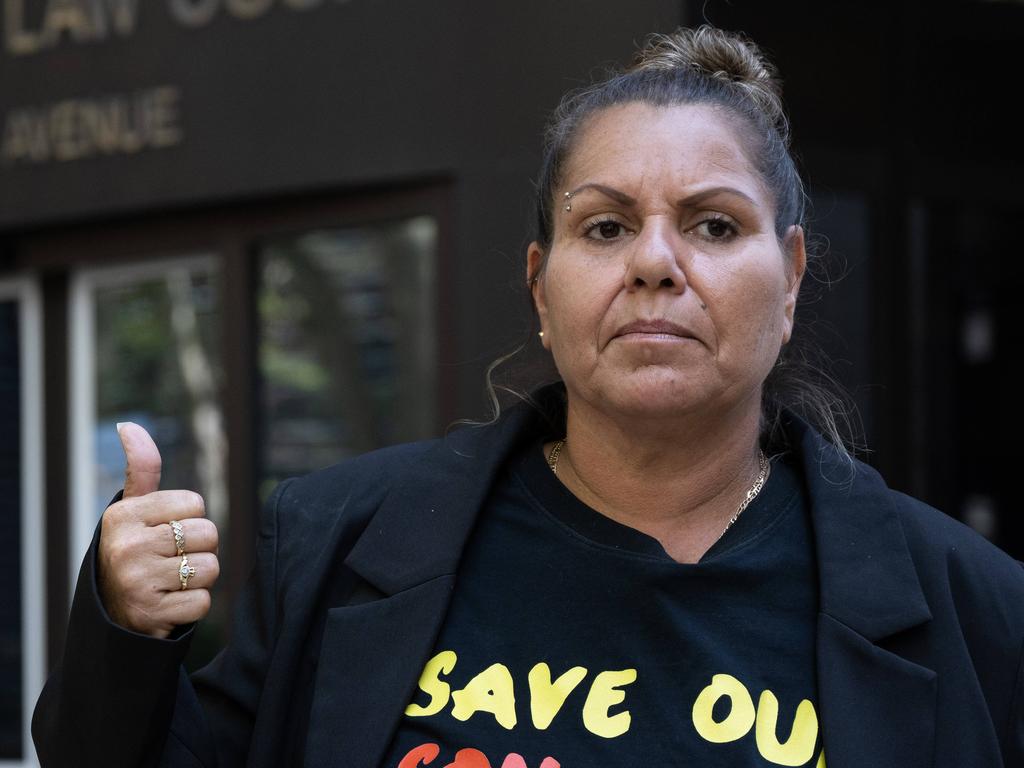Invest more in gas ‘to avoid supply shortfall’
A new paper says more investment in gas production is needed to prevent consumers from paying higher prices and ensure supply is not outpaced by demand

A government paper on the future of gas has reignited calls for more supply and greater investment in new developments, with a fresh analysis revealing demand will start outpacing supply on the east coast from 2026 and on the west coast by 2029.
The discussion paper on Labor’s future gas strategy, released on Tuesday, showed the looming supply cliff would be exacerbated by no accompanying fall in demand, running the risk of supply disruptions and higher prices.
It also requested feedback on whether the construction of LNG import terminals could contribute to improving energy security and whether this would be a commercially viable option.
Resources Minister Madeleine King said the paper, which will inform a final strategy to be released in 2024, would provoke a national conversation on “whether there will be decreasing demand for gas as the world decarbonises”.
The Greens accused the government of “restarting the climate wars”, saying “climate bombs like Beetaloo, Scarborough and Barossa” were putting lives at risk.
Santos chief executive Kevin Gallagher told The Australian that the Asian region was “going to need more gas supply, not less, over the coming decades, for energy security and to reach net zero goals”.
“Australia has to decide whether it wants to unlock the wealth of its extensive gas resources for the benefit of our own economy and the economies of our trading partners, or whether the gas that will continue to be needed is going to come from the Middle East or elsewhere,” he said.
A spokesperson for Woodside Energy said gas was “vital to Australia’s prosperity, and the development of new supply is urgently required for reliable and affordable energy for homes and businesses alike.”
The discussion paper – which is seeking feedback from producers, domestic and international consumers, distributors and the general public – said gas would need to continue to play a critical role in meeting demand during the clean energy transition.
“New sources of gas may be needed to maintain gas production to meet demand forecasts, including LNG supply to trading partners,” the discussion paper said.
“Producing this supply means continued private sector investment in gas developments, even under scenarios with large and rapid reductions in gas use from consumers.”
The paper will investigate how ongoing investment could be squared with the nation’s 2050 net-zero target, given about 21 per cent of national net greenhouse gas emissions come from gas production and use.
The Japanese embassy told The Australian it would “continue close consultations with the Australian government” on the gas strategy after former ambassador Shingo Yamagami warned earlier this year that sovereign risk was an active concern among Japanese energy companies.
Australian Energy Producers chief executive Samantha McCulloch said the paper recognised that “Australian households and industry will be relying on gas for decades” while reaffirming the “urgency of supporting investment in new gas supply to avoid shortages”.
“This is not just about the gas industry but the whole economy, given the importance of gas to sectors such as manufacturing and mining, where tens of thousands of jobs rely on stable and affordable gas supply.”
The future gas strategy is aimed at supporting decarbonisation, including reaching Australia’s 43 per cent emissions reduction target by 2030 and net zero by 2050, promoting energy security and affordability, maintaining key trade relationships and ensuring the nation remains a trusted supplier of LNG while also building clean energy exports.
It will provide a medium-term (to 2035) and long-term (to 2050) plan for gas production, consumption and substitution in Australia. It found demand for gas would hold firm on the east coast and outstrip supply by 2026-27, while demand would increase on the west coast from 2029.
“Supply disruptions and high prices are among consequences of reducing supply faster than demand,” the paper found.
“These consequences impact the whole economy, including indirectly through the electricity system. They also impact those who can least afford them the most, worsening poverty and inequality.”
The Grattan Institute’s energy program director, Tony Wood, said the paper presented the government with a key dilemma – how it could attract more investment to free up supply while also transitioning away from gas.
“Governments are trying to get off gas but stay in gas at the same time,” he told The Australian. “Why would anyone invest in new gas supply when governments are looking to reduce demand?”
“Gas has been one of our greatest friends for the last 200 years and is now becoming one of our worst enemies. How we break-up that relationship will be one of our biggest challenges.”
He suggested the government might consider a number of options, including underwriting investment to free up future gas supply or considering the viability of an LNG import terminal in Victoria that could take imported gas from the North West Shelf.








To join the conversation, please log in. Don't have an account? Register
Join the conversation, you are commenting as Logout